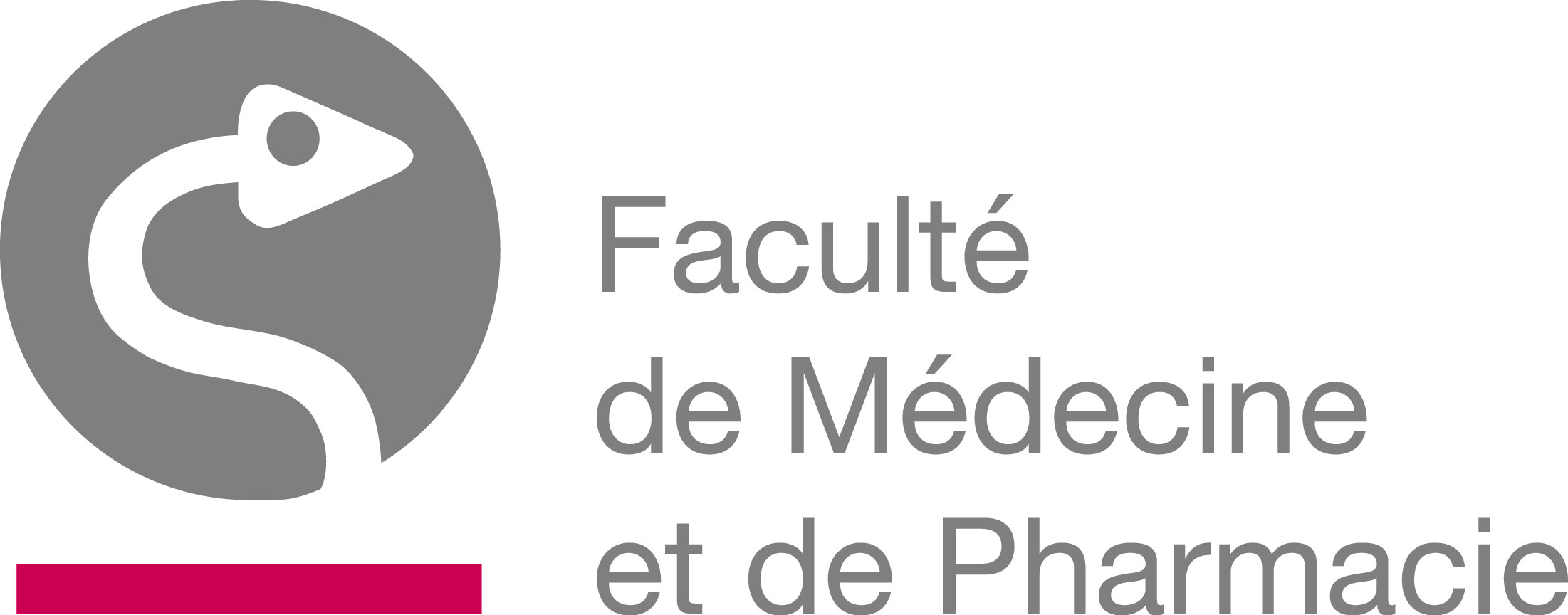 | Study programme 2018-2019 | Français | |
 | Predictive Toxicology | ||
Programme component of Bachelor's Degree in Biomedicine à la Faculty of Medicine and Pharmacy |
| Code | Type | Head of UE | Department’s contact details | Teacher(s) |
|---|---|---|---|---|
| UM-B3-BIOMED-013-M | Compulsory UE | COLET Jean-Marie | M125 - Biologie humaine et Toxicologie |
|
| Language of instruction | Language of assessment | HT(*) | HTPE(*) | HTPS(*) | HR(*) | HD(*) | Credits | Weighting | Term |
|---|---|---|---|---|---|---|---|---|---|
| Français | 15 | 0 | 0 | 0 | 0 | 2 | 2.00 | 2nd term |
| AA Code | Teaching Activity (AA) | HT(*) | HTPE(*) | HTPS(*) | HR(*) | HD(*) | Term | Weighting |
|---|---|---|---|---|---|---|---|---|
| M-BHTO-302 | Predictive toxicology - part 1 | 15 | 0 | 0 | 0 | 0 | Q2 | 100.00% |
| Programme component | ||
|---|---|---|
 | UM-B1-BIOMED-003-M Mathematical Introduction to Life Sciences | |
 | UM-B1-BIOMED-005-M Mathematics in Life Sciences | |
 | UM-B3-BIOMED-001-M General Toxicology | |
 | UM-B3-BIOMED-003-M General Pharmacology | |
Objectives of Programme's Learning Outcomes
- Understand, describe, analyse and prioritise biological phenomena
- Understand basic scientific knowledge and be able to use it
- Problem-solve
- Understand the expression of biological realities in absolute or relative terms, the orders of magnitude, proportions and probability
- Abstract, understand and apply mathematical translations of the main laws and biological phenomena
- Understand and use different graphical representations of numerical values and their relationships
- Perceive spatial distribution, and understand two- and three-dimensional representations and interconvert them
- Understand the chronology of a phenomenon and master the time scales and their representations
- Control the molecular, morphological and functional approaches of normal and pathological conditions
- Understand the learning of physiological and pharmacological reasoning
- Understand experimental protocols in the biomedical domain
- Integrate concepts from different approaches/disciplines in a complex biomedical problem
- Explain how molecular, morphological and functional modifications constitute pathological states and vice versa
- Develop reasoning skills
- Understand and apply the basic principles of reasoning (obtaining data, analysis, synthesis, comparison, the rule of three, syllogism, analogy, Boolean logic, etc.)
- Understand the statistical and/or epidemiological methods
- Work with efficiency / accuracy / precision
- Present a hypothesis and hypothetical-deductive reasoning
- Develop critical thinking, test and monitor conclusions understanding the domain of validity, and explore alternative hypotheses
- Demonstrate developed interpersonal skills
- Use a rich vocabulary linking concepts and words accurately
- Adapt lexical and syntactic choices in communication register (everyday language, medical language or scientific terminology)
- Summarise, explain, and argue
- Work in a team
- Share knowledge and information
- Submit reviews, reports and give oral presentations
- Manage resources
- Manage time
- Prioritise
- Use basic IT and bibliographic resources.
- Manage their studies
- Locate scientific information efficiently
- Compare different sources of information
- Read, interpret, and critique a scientific article
- Be open to research and demonstrate scientific curiosity
- Show a good knowledge of scientific English
- Understand and summarise a scientific article in English
Learning Outcomes of UE
The main objective of this course is to provide to the students the major tools uise di the rediciton of potektail toxic effects of chemicals. Consequently, at the end of this course, the students will be able to :
- understand and describe the predictive approach based on structure-activity relationship (QSAR)
- Use predictive softwares (Meteor and Derek) for the prediction of the metabolism and the safety of a substance from its chemical structure
- identify the most appropriate <em>in vitro and</em><em> in vivo assays for risk assessment based on the target organ</em>
- design a study protocol for preclinical toxicology evaluation
Content of UE
After a short introduction on the basic concepts in toxicology, the course will be divided into two sections:
1. <em>in silico </em><em>Models</em><em> </em>/QSAR (Analysis of Hansch and Hammett, computer-assisted drug design CADD, expert systems, application to the particular case of carcinogens)
2. <em>in vitro </em>et <em>in vivo </em>Models (mutagenicity, cardiac toxicity, ...)
3. "omics" approaches in toxicology
Prior Experience
Not applicable
Type of Assessment for UE in Q2
- Oral Examination
Q2 UE Assessment Comments
Not applicable
Type of Assessment for UE in Q3
- Oral examination
Q3 UE Assessment Comments
Not applicable
Type of Teaching Activity/Activities
| AA | Type of Teaching Activity/Activities |
|---|---|
| M-BHTO-302 |
|
Mode of delivery
| AA | Mode of delivery |
|---|---|
| M-BHTO-302 |
|
Required Reading
| AA | |
|---|---|
| M-BHTO-302 |
Required Learning Resources/Tools
| AA | Required Learning Resources/Tools |
|---|---|
| M-BHTO-302 | Not applicable |
Recommended Reading
| AA | |
|---|---|
| M-BHTO-302 |
Recommended Learning Resources/Tools
| AA | Recommended Learning Resources/Tools |
|---|---|
| M-BHTO-302 | Not applicable |
Other Recommended Reading
| AA | Other Recommended Reading |
|---|---|
| M-BHTO-302 | Not applicable |
Grade Deferrals of AAs from one year to the next
| AA | Grade Deferrals of AAs from one year to the next |
|---|---|
| M-BHTO-302 | Authorized |